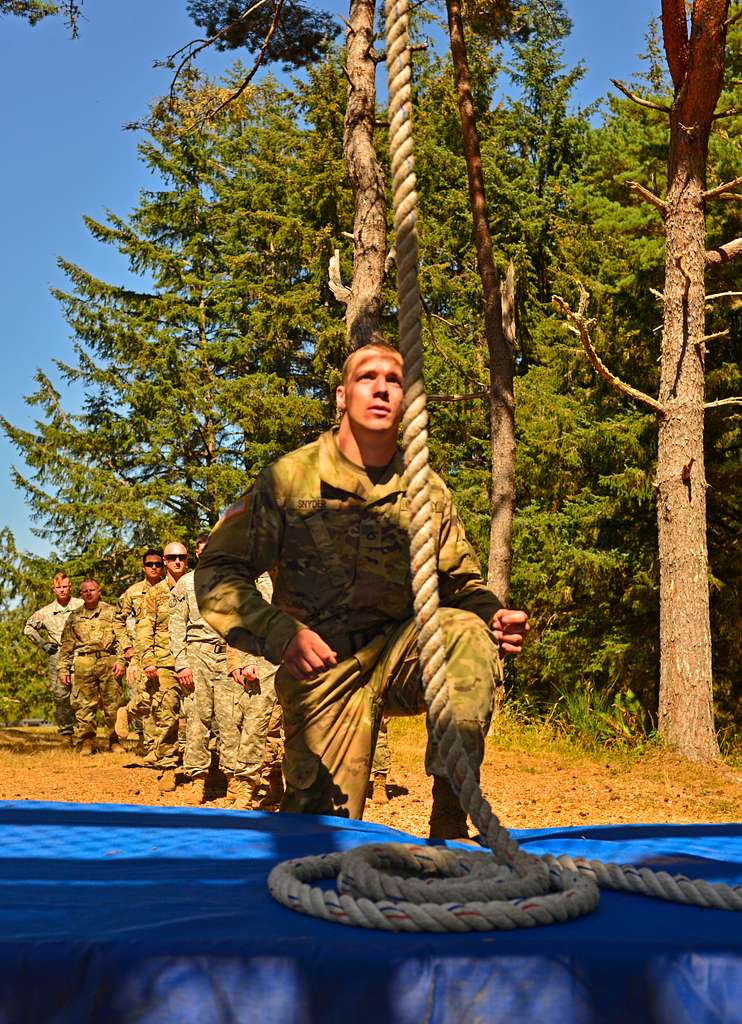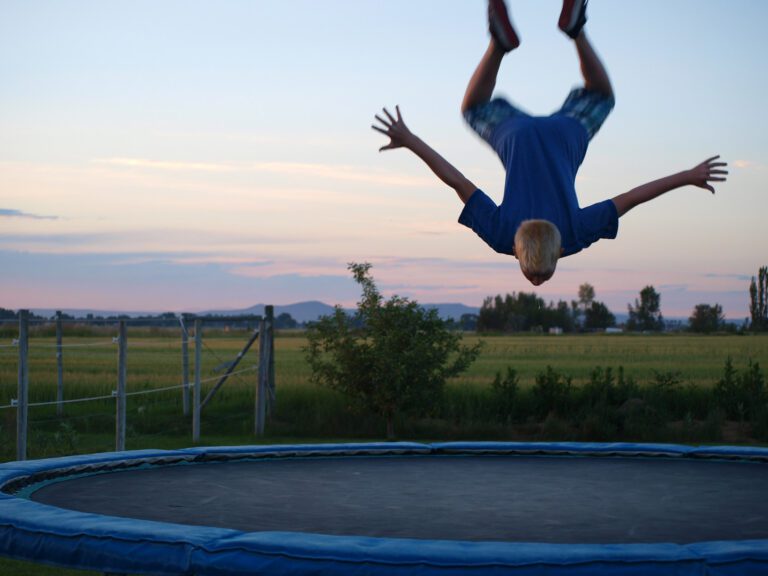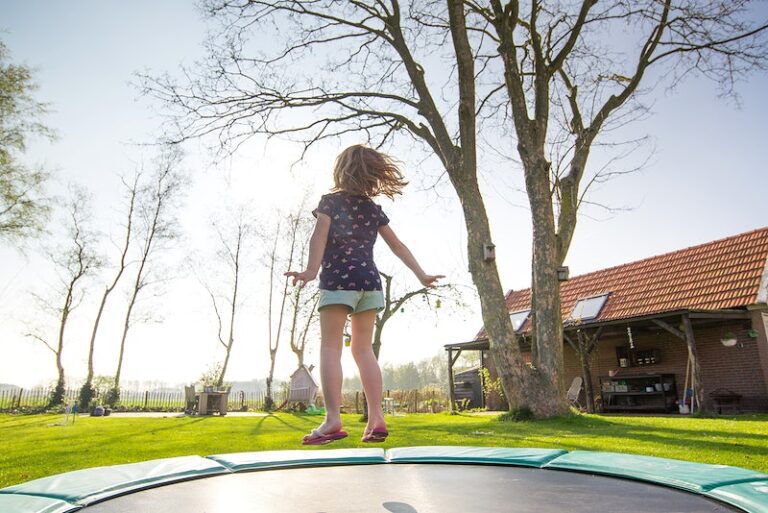Soaring Through the Air: Mastering Aerial Maneuvers on the Trampoline
Introduction
The popularity of trampolining
Trampolining has gained immense popularity in recent years due to its numerous health benefits. The health benefits of trampolining are well-documented and widely recognized. Regular trampoline use can improve cardiovascular fitness, strengthen muscles, and enhance coordination and balance. Additionally, trampolining is a low-impact exercise that puts less strain on the joints compared to other forms of physical activity. The repetitive bouncing motion also helps to stimulate the lymphatic system, which plays a crucial role in immune function. Overall, trampolining offers a fun and effective way to improve both physical and mental well-being.
Benefits of trampolining
Trampolining offers a multitude of benefits for individuals of all ages. One of the key advantages of trampolining is its ability to improve cardiovascular fitness. Jumping on a trampoline gets the heart rate up and increases blood flow, leading to a healthier heart and improved overall endurance. Additionally, trampolining is a great way to enhance balance and coordination skills. The constant bouncing and shifting of weight helps to improve proprioception, which is the body’s awareness of its position in space. This can be particularly beneficial for athletes and individuals looking to improve their performance in other sports. Lastly, trampolining is a fun and enjoyable activity that can help reduce stress and improve mental well-being. The feeling of weightlessness and the release of endorphins during trampoline sessions can contribute to a positive mood and increased happiness. Overall, trampolining offers a wide range of physical and mental benefits, making it a fantastic activity for anyone looking to stay active and have fun.
Overview of aerial maneuvers
In the world of trampolining, mastering aerial maneuvers is the key to taking your skills to new heights. Whether you’re a beginner or a seasoned trampolinist, understanding the different types of aerial maneuvers is essential for performing impressive tricks and routines. From flips and twists to somersaults and spins, these maneuvers require a combination of strength, coordination, and precision. In this article, we will provide an overview of some popular aerial maneuvers, including their techniques and tips for execution. So get ready to soar through the air and discover the thrill of mastering aerial maneuvers on the trampoline!
Basic Trampoline Techniques
Proper body position
Proper body position is crucial when it comes to mastering aerial maneuvers on the trampoline. Not only does it ensure safety, but it also allows for better control and execution of various tricks and flips. Maintaining a strong and balanced core is essential for achieving the desired fitness level and maximizing performance on the trampoline. By keeping the body aligned and engaged, athletes can minimize the risk of injury and achieve optimal results in their trampoline routines. Whether it’s a simple jump or a complex somersault, practicing proper body position is the key to success in aerial maneuvers.
Bouncing and timing
Bouncing and timing are crucial skills to master when it comes to trampoline adventures. The ability to control your bounce and time your movements is essential for executing aerial maneuvers with precision and grace. Whether you’re attempting flips, twists, or other acrobatic tricks, understanding the physics of bouncing and timing is key. By harnessing the power of the trampoline and honing your skills, you can soar through the air and experience thrilling adventures like never before.
Controlled landings
Controlled landings are an essential skill for any trampoline enthusiast. Mastering the art of landing with precision not only ensures safety but also adds an element of finesse to your aerial maneuvers. Whether you are executing a somersault, a twist, or an epic combination of tricks, the ability to control your landing is what separates the novice from the expert. With practice and focus, you can achieve the perfect landing every time, leaving your audience in awe of your skills.
Front Flips

Approach and takeoff
Approach and takeoff are crucial elements in mastering aerial maneuvers on the trampoline. The way you approach the trampoline and execute your takeoff can greatly impact the success of your jumps and tricks. It is important to have a strong and controlled approach, ensuring that you have enough momentum and power to execute your desired maneuvers. Additionally, your takeoff should be explosive and precise, allowing you to launch yourself into the air with maximum height and control. By focusing on your approach and takeoff, you can set a solid foundation for mastering aerial maneuvers on the trampoline.
Tucking and rotation
Tucking and rotation are two essential skills for mastering aerial maneuvers on the trampoline. The tuck position involves bringing your knees up to your chest while in mid-air, which allows for a tighter and more controlled rotation. This position is crucial for executing flips and spins with precision and style. Rotation, on the other hand, refers to the movement of the body in a circular motion while in the air. By combining tucking and rotation, trampoline athletes can perform a variety of impressive tricks and stunts, showcasing their agility and skill. Whether you’re a beginner or an experienced trampolinist, mastering tucking and rotation is key to taking your aerial maneuvers to new heights.
Spotting the landing
Spotting the landing is a crucial skill to master when performing aerial maneuvers on the trampoline. It involves visually identifying the landing spot and adjusting body position and timing to ensure a safe and controlled landing. By focusing on a specific point in the distance, trampolinists can maintain their orientation in the air and make necessary adjustments to achieve a precise landing. Spotting the landing not only enhances performance but also reduces the risk of injury, making it an essential aspect of trampoline training.
Back Flips

Setting up for the flip
When it comes to setting up for the flip on the trampoline, there are a few key things to keep in mind. First, make sure the trampoline is set up on a level surface with plenty of space around it. This will help ensure a safe landing and prevent any accidents. Next, check that the trampoline is in good condition, with no tears or worn-out springs. A well-maintained trampoline will provide the necessary bounce and stability for executing aerial maneuvers. Finally, it’s important to warm up and stretch before attempting any flips on the trampoline. This will help prepare your muscles and reduce the risk of injury. By following these steps, you’ll be ready to soar through the air and master aerial maneuvers on the trampoline.
Arching and rotation
Arching and rotation are two key components of mastering aerial maneuvers on the trampoline. Arching refers to the act of extending the body in an arched position while in mid-air. This technique allows for greater control and stability during jumps and flips. Rotation, on the other hand, involves spinning or twisting the body while in the air. By combining arching and rotation, trampoline enthusiasts can execute impressive tricks and stunts, showcasing their skill and agility. It takes practice and coordination to perfect these maneuvers, but with dedication and determination, anyone can become a master of aerial acrobatics on the trampoline.
Spotting the landing
Spotting the landing is a crucial skill for any trampoline enthusiast. It involves the ability to visually track the trampoline bed and anticipate the moment of contact with it. By developing this skill, trampolinists can ensure a safe and controlled landing, minimizing the risk of injury. Spotting the landing requires focus, coordination, and spatial awareness. It is important to maintain eye contact with the trampoline bed throughout the entire maneuver, allowing the trampolinist to make any necessary adjustments in real-time. Mastering this skill is essential for executing complex aerial maneuvers with precision and confidence.
Twists and Spins

Creating rotational momentum
Creating rotational momentum is a key aspect of mastering aerial maneuvers on the trampoline. By generating rotational momentum, trampoline enthusiasts can perform a variety of impressive tricks and flips. One of the main benefits of creating rotational momentum is that it helps to improve balance, coordination, and body control. Additionally, staying fit is crucial for achieving optimal results on the trampoline. Regular trampoline workouts can help individuals stay fit by increasing muscle strength, flexibility, and cardiovascular endurance. So, if you want to soar through the air and execute jaw-dropping aerial maneuvers, make sure to focus on creating rotational momentum and staying fit.
Different types of twists
Different types of twists on the trampoline can add excitement and flair to any aerial routine. One of the most impressive twists is the salina, which involves a full 360-degree rotation in the air. This type of twist requires excellent body control and spatial awareness to execute properly. The salina can be performed in both forward and backward directions, adding versatility to any trampoline routine. When executed with precision and grace, the salina can leave spectators in awe of the performer’s skill and athleticism.
Spotting and landing
Spotting and landing are crucial skills to master when it comes to trampoline aerial maneuvers. Not only do they ensure safety, but they also enhance the overall experience of joy and excitement. Spotting refers to the act of focusing on a specific spot in the air to maintain control and orientation during the maneuver. It allows the jumper to anticipate their landing and make any necessary adjustments. Proper spotting technique can greatly improve the accuracy and precision of the maneuver. On the other hand, landing is the final stage of the maneuver where the jumper touches the trampoline surface. It is important to land with proper form and control to avoid injuries and maintain balance. The feeling of joy that comes from successfully executing a complex aerial maneuver and landing safely is unparalleled. It is a testament to the skill, practice, and dedication required to master trampoline aerial maneuvers.
Combining Maneuvers

Sequencing multiple tricks
Sequencing multiple tricks on the trampoline requires a combination of skill, precision, and creativity. Whether you’re at an urban air trampoline park or an adventure park, the thrill of performing aerial maneuvers is unparalleled. Trampolining offers a unique blend of outdoor fun and the comfort of being indoors, making it a popular activity for people of all ages. From backflips to twists and turns, mastering the art of sequencing multiple tricks on the trampoline is an exhilarating adventure that will leave you wanting more.
Transitions and flow
Transitions and flow are essential elements of mastering aerial maneuvers on the trampoline. As trampoline enthusiasts, we strive to create seamless and graceful movements that captivate the audience. The key to achieving smooth transitions is to maintain a strong sense of body control and awareness. By understanding how to transfer momentum from one trick to another, we can create a continuous flow of energy and momentum. This allows us to string together a series of impressive aerial maneuvers, showcasing our skill and creativity. Whether it’s transitioning from a somersault to a twist or seamlessly combining multiple flips, mastering transitions and flow adds an extra level of artistry to our trampoline performances.
Advanced combinations
In the world of trampoline tricks and flips, advanced combinations take the excitement to new heights. These complex maneuvers require a high level of skill and precision, pushing the boundaries of what is possible on a trampoline. However, it is important to prioritize safety when attempting these advanced combinations. By following proper technique and using safety equipment such as pads and helmets, trampolinists can minimize the risk of injury. Additionally, it is crucial to have a spotter present to ensure a safe landing and provide assistance if needed. With the right precautions in place, trampolinists can confidently explore the world of advanced combinations and experience the thrill of soaring through the air.



